SOCIETY
The End of a Golden Era:
How Russia’s YouTube Block Will Impact Society, Politics and Business
How Russia’s YouTube Block Will Impact Society, Politics and Business
February 19, 2025
- Yuriy Marin
Digital Media Producer and Journalist
Journalist Yuriy Marin explores how the gradual tightening of internet censorship culminated in the effective banning of YouTube in late 2024 and what further government steps are in store.
According to the media research company Mediascope, during the New Year holidays the most popular video hosting platform in Russia was VK Video, which overtook YouTube (owned by Google) in terms of daily users – 41 million versus 33 million, respectively.
The passing of the crown marked the culmination of the Kremlin’s long war against YouTube, which intensified in late 2024, when the video sharing platform began to be “throttled.” (“Throttling” entails limiting the bandwidth of sites, so users have to wait for videos to load, even if the internet connection speed is sufficient for instant playback.)
At first, the throttling was episodic and barely noticeable, and Rostelecom even blamed Google for the slowdown, alleging that it was not supporting the operability of its own servers. Local providers, which began to lose customers, attempted solutions, but Roskomnadzor issued a special order prohibiting traffic redirection technologies that could speed YouTube back up.
The passing of the crown marked the culmination of the Kremlin’s long war against YouTube, which intensified in late 2024, when the video sharing platform began to be “throttled.” (“Throttling” entails limiting the bandwidth of sites, so users have to wait for videos to load, even if the internet connection speed is sufficient for instant playback.)
At first, the throttling was episodic and barely noticeable, and Rostelecom even blamed Google for the slowdown, alleging that it was not supporting the operability of its own servers. Local providers, which began to lose customers, attempted solutions, but Roskomnadzor issued a special order prohibiting traffic redirection technologies that could speed YouTube back up.
Vladimir Putin's annual televised press conference. December 2024. Source: Kremlin.ru
Speeds gradually decreased throughout the autumn, followed by a drop-off in December. By December 23, YouTube traffic had fallen to 20% of its summer numbers – a de facto block, experts say. This coincided with Putin’s annual year-end press conference, where the president, when asked about the slowdown, reiterated the story about technical problems with YouTube itself.
For its part, Roskomnadzor indirectly acknowledged the block, stating that “measures” were being taken against YouTube in connection with “numerous violations of Russian legislation, [as well as] disrespect for our country and citizens.”
What have Russians lost?
YouTube remained the last major international social media site available in Russia after Facebook and Instagram were blocked in early 2022. It was popular across all age and social groups and unrivaled by local platforms. This is why it was thought to be the hardest to block.
The pain from the throttling of YouTube was felt not so much by politically active Russians but more by the mass audience that used the platform as a substitute for television. According to Mediascope, comedy content posted by the STS and TNT YouTube channels was especially popular with Russian viewers of almost all ages.
For users over 55, the platform represented an important source of information on health, gardening and longevity. Parents and children, meanwhile, had grown accustomed to cartoons on YouTube. The block has translated into a sharp increase in demand for children’s content on Russian online cinemas, as their selection of cartoons is vastly inferior to YouTube’s.
King of the castle
While the Kremlin was preoccupied with redistributing energy, financial and industrial assets to politically loyal players in the early 2000s, the tech and telecoms sectors flew under the radar.
For its part, Roskomnadzor indirectly acknowledged the block, stating that “measures” were being taken against YouTube in connection with “numerous violations of Russian legislation, [as well as] disrespect for our country and citizens.”
What have Russians lost?
YouTube remained the last major international social media site available in Russia after Facebook and Instagram were blocked in early 2022. It was popular across all age and social groups and unrivaled by local platforms. This is why it was thought to be the hardest to block.
The pain from the throttling of YouTube was felt not so much by politically active Russians but more by the mass audience that used the platform as a substitute for television. According to Mediascope, comedy content posted by the STS and TNT YouTube channels was especially popular with Russian viewers of almost all ages.
For users over 55, the platform represented an important source of information on health, gardening and longevity. Parents and children, meanwhile, had grown accustomed to cartoons on YouTube. The block has translated into a sharp increase in demand for children’s content on Russian online cinemas, as their selection of cartoons is vastly inferior to YouTube’s.
King of the castle
While the Kremlin was preoccupied with redistributing energy, financial and industrial assets to politically loyal players in the early 2000s, the tech and telecoms sectors flew under the radar.
“Amid the country’s rapid economic growth, the free internet set the stage for a golden age of Russian IT entrepreneurship.”
Thus, Russia saw the emergence of full-fledged alternatives to almost all the world’s internet giants.
YouTube was an exception. Though there were several attempts to create a full-fledged local video sharing platform – the most notable being RuTube, Smotri.com and Video@Mail.ru – none of them succeeded. RuTube came the closest, with its Russian audience approaching that of YouTube in the late 2000s. But after Gazprom Media bought RuTube in 2008 (for $15 million), the platform stopped growing and hopelessly fell behind YouTube.
Indeed, no one globally has managed to give YouTube a run for its money. Its 2006 acquisition by Google (which paid $1.6 billion for it) gave YouTube the backing of a tech giant and access to its technological capabilities. Since then, no video platforms comparable in reach have emerged.
YouTube’s success is attributable to three key factors: a huge library of user-generated content, advanced recommendation algorithms and high speeds. Beating YouTube on any of these metrics requires massive investments, and few firms in a free market are willing to make them without high confidence of a return.
Rising restrictions
Things are quite different in unfree markets. In China and several Muslim-majority countries, YouTube was banned back in the late 2000s, which gave a boost to the development of local video platforms, such as Youku and iQIYI in China and Aparat in Iran.
YouTube was an exception. Though there were several attempts to create a full-fledged local video sharing platform – the most notable being RuTube, Smotri.com and Video@Mail.ru – none of them succeeded. RuTube came the closest, with its Russian audience approaching that of YouTube in the late 2000s. But after Gazprom Media bought RuTube in 2008 (for $15 million), the platform stopped growing and hopelessly fell behind YouTube.
Indeed, no one globally has managed to give YouTube a run for its money. Its 2006 acquisition by Google (which paid $1.6 billion for it) gave YouTube the backing of a tech giant and access to its technological capabilities. Since then, no video platforms comparable in reach have emerged.
YouTube’s success is attributable to three key factors: a huge library of user-generated content, advanced recommendation algorithms and high speeds. Beating YouTube on any of these metrics requires massive investments, and few firms in a free market are willing to make them without high confidence of a return.
Rising restrictions
Things are quite different in unfree markets. In China and several Muslim-majority countries, YouTube was banned back in the late 2000s, which gave a boost to the development of local video platforms, such as Youku and iQIYI in China and Aparat in Iran.
President Dmitri Medvedev meets with Steve Jobs in the US. June 2010. Source: Dzen
Back then, Russia preferred softer censorship, which is why YouTube became the country’s go-to source of online entertainment and information. The Kremlin had other reasons not to block YouTube at the time. Dmitri Medvedev, back when he was president in 2008-12, sought to craft an image of Russia as an open and modernizing country. Medvedev even met with US tech entrepreneurs, while the state apparatus was keen to showcase its commitment to digitalization.
After Putin returned to the Kremlin, Russian propaganda abroad was ramped up, with the centerpiece of the strategy being the media holding Russia Today, which in turn used YouTube as the main platform to distribute its content.
Back in Russia, YouTube had turned into a popular space for opposition politicians to spread their message. The late Alexei Navalny, the most successful and popular figure of the opposition, became a household name across the country thanks to his investigations into high-level corruption published on YouTube. His first video investigation, targeting Prosecutor General Yuri Chaika, had racked up tens of millions of views by end-2015.
Throughout the second half of the 2010s and into the 2020s, Navalny released several more high-profile investigations, with those on Medvedev and “Putin’s palace” standing apart. The latter recorded over 132 million views, which made it the most popular Russian YouTube video in 2021 and the all-time most-watched and most-liked non entertainment content on YouTube in Russia.
Moreover, Navalny’s investigation into Putin’s wealth made it into the top 10 YouTube videos in 26 countries, ranking first in almost a dozen.
After Putin returned to the Kremlin, Russian propaganda abroad was ramped up, with the centerpiece of the strategy being the media holding Russia Today, which in turn used YouTube as the main platform to distribute its content.
Back in Russia, YouTube had turned into a popular space for opposition politicians to spread their message. The late Alexei Navalny, the most successful and popular figure of the opposition, became a household name across the country thanks to his investigations into high-level corruption published on YouTube. His first video investigation, targeting Prosecutor General Yuri Chaika, had racked up tens of millions of views by end-2015.
Throughout the second half of the 2010s and into the 2020s, Navalny released several more high-profile investigations, with those on Medvedev and “Putin’s palace” standing apart. The latter recorded over 132 million views, which made it the most popular Russian YouTube video in 2021 and the all-time most-watched and most-liked non entertainment content on YouTube in Russia.
Moreover, Navalny’s investigation into Putin’s wealth made it into the top 10 YouTube videos in 26 countries, ranking first in almost a dozen.

He is Not Dimon to You, Alexei Navalny's YouTube-published investigation of the corrupt empire of Dmitri ("Dimon") Medvedev. Published on YouTube in March 2017. Source: Youtube
Following the Maidan revolution in Ukraine and the annexation of Crimea in 2014, the Kremlin ratcheted up pressure on online media. The first major move was replacing the editorial team atLenta.ru, then the most popular news site in the country. This was followed by a crackdown on news aggregators: they could now cite only sources with a state media license.
An important step in tightening the screws on the internet was out-of-court blocking of sites, leading to online opposition publications like Grani.ru, Kasparov.ru and EZh.ru being closed in Russia.
Finally, in September 2014 Russia’s largest social network, VK, came under the control of Mail.ru Group, owned by Kremlin-loyal billionaire Alisher Usmanov. This cemented the Russian state’s control over the country’s key internet platforms. YouTube remained an outlier.
First attacks on YouTube
Even at that time, YouTube was seen as “too big to fail” – the Russian authorities were gradually taking away civil liberties, sure, but blocking the largest entertainment service seemed like a step too far.
The Russian opposition took advantage of this. For example, when the site of Smart Voting (an project of Navalny’s Anti-Corruption Foundation, or FBK, to reduce the vote for the ruling United Russia party in elections) was blocked, lists of Smart Voting-recommended candidates were read out in videos posted on YouTube.
Things did not change even with the full-scale invasion of Ukraine: while all opposition media outlets were blocked and closed, YouTube remained accessible. Instead of a direct ban, the Kremlin put legal pressure on Google, demanding the removal of individual videos and imposing large fines (by October 2024, the amount of claims had reached two undecillion rubles).
The complaints included not only the presence of oppositionists’ videos on YouTube but also Google’s shuttering of the accounts of popular pro-Kremlin media figures such as TV host Vladimir Solovyov and movie director Nikita Mikhalkov, as well as regional channels of state broadcaster VGTRK. Google issued no official comment on its actions, with the notification on YouTube merely citing violations of the site’s terms of service.
Despite butting heads, the sides continued to talk, and YouTube even removed some content and stopped monetization for Russian accounts – a big win for the Kremlin. Yet the eventual blocking of YouTube seemed to be a matter of time. The only question was how quickly alternatives for users inside the country could be created.
‘Import substitution’ for YouTube
The Kremlin sought to replicate what it saw as the successful experience of state support for the cultural and entertainment industries. For example, the Cinema Fund annually finances almost a tenth of all feature films in the country. In addition, the Russian IT sector, thanks to the size of the local market, has the ability to put together sustainable business models.
Scenarios for hamstringing YouTube began to be contemplated in the Presidential Administration back in late 2023. Officials regularly discussed a YouTube block in meetings with IT business representatives and Roskomnadzor, as well as possible measures to develop Russian alternatives. The main issues were expanding the amount of content and its sources and increasing investment.
It came down to three players: RuTube and VK Video had their own existing platforms, while RT put forward a new project, called “Platform,” which benefited from its interface being very similar to YouTube’s.
The glaring problem remained content. Getting TV channels to move their video products to Russian platforms by informal decree was possible, but attracting video bloggers who had carved out a niche on YouTube turned out to be much harder. These video bloggers needed a platform with an active audience, transparent monetization and the trust of advertisers – otherwise creating a competitive local video platform would be impossible.
VK Video offered the best conditions for replicating the YouTube ecosystem, as the VK social network is among the top five sites in Russia. In addition, content creators have established relations with their subscribers there, since most Russian video bloggers have always had their own VK pages, where they announce releases, for example. Finally, VK already had a substantial library of user videos, as well as an architecture left by the site’s original creator, Pavel Durov, where performance was prioritized.
An important step in tightening the screws on the internet was out-of-court blocking of sites, leading to online opposition publications like Grani.ru, Kasparov.ru and EZh.ru being closed in Russia.
Finally, in September 2014 Russia’s largest social network, VK, came under the control of Mail.ru Group, owned by Kremlin-loyal billionaire Alisher Usmanov. This cemented the Russian state’s control over the country’s key internet platforms. YouTube remained an outlier.
First attacks on YouTube
Even at that time, YouTube was seen as “too big to fail” – the Russian authorities were gradually taking away civil liberties, sure, but blocking the largest entertainment service seemed like a step too far.
The Russian opposition took advantage of this. For example, when the site of Smart Voting (an project of Navalny’s Anti-Corruption Foundation, or FBK, to reduce the vote for the ruling United Russia party in elections) was blocked, lists of Smart Voting-recommended candidates were read out in videos posted on YouTube.
Things did not change even with the full-scale invasion of Ukraine: while all opposition media outlets were blocked and closed, YouTube remained accessible. Instead of a direct ban, the Kremlin put legal pressure on Google, demanding the removal of individual videos and imposing large fines (by October 2024, the amount of claims had reached two undecillion rubles).
The complaints included not only the presence of oppositionists’ videos on YouTube but also Google’s shuttering of the accounts of popular pro-Kremlin media figures such as TV host Vladimir Solovyov and movie director Nikita Mikhalkov, as well as regional channels of state broadcaster VGTRK. Google issued no official comment on its actions, with the notification on YouTube merely citing violations of the site’s terms of service.
Despite butting heads, the sides continued to talk, and YouTube even removed some content and stopped monetization for Russian accounts – a big win for the Kremlin. Yet the eventual blocking of YouTube seemed to be a matter of time. The only question was how quickly alternatives for users inside the country could be created.
‘Import substitution’ for YouTube
The Kremlin sought to replicate what it saw as the successful experience of state support for the cultural and entertainment industries. For example, the Cinema Fund annually finances almost a tenth of all feature films in the country. In addition, the Russian IT sector, thanks to the size of the local market, has the ability to put together sustainable business models.
Scenarios for hamstringing YouTube began to be contemplated in the Presidential Administration back in late 2023. Officials regularly discussed a YouTube block in meetings with IT business representatives and Roskomnadzor, as well as possible measures to develop Russian alternatives. The main issues were expanding the amount of content and its sources and increasing investment.
It came down to three players: RuTube and VK Video had their own existing platforms, while RT put forward a new project, called “Platform,” which benefited from its interface being very similar to YouTube’s.
The glaring problem remained content. Getting TV channels to move their video products to Russian platforms by informal decree was possible, but attracting video bloggers who had carved out a niche on YouTube turned out to be much harder. These video bloggers needed a platform with an active audience, transparent monetization and the trust of advertisers – otherwise creating a competitive local video platform would be impossible.
VK Video offered the best conditions for replicating the YouTube ecosystem, as the VK social network is among the top five sites in Russia. In addition, content creators have established relations with their subscribers there, since most Russian video bloggers have always had their own VK pages, where they announce releases, for example. Finally, VK already had a substantial library of user videos, as well as an architecture left by the site’s original creator, Pavel Durov, where performance was prioritized.
“One of the main tasks for the new management of VK Video was to lure the stars of Russian-language YouTube and provide them with tools for monetization.”
Stepan Kovalchuk, grandson of Mikhail Kovalchuk, a member of Vladimir Putin's inner circle, was named an executive at VK in September 2023. Source: Wiki Commons
The project was headed by VK Senior Vice President for Media Strategy and Service Development Stepan Kovalchuk, the grandson of Mikhail Kovalchuk, head of the Kurchatov Institute for nuclear research and a close friend of Putin. Stepan and VK CEO Vladimir Kiriyenko – the son of Sergei Kiriyenko, the cohead of the Presidential Administration – are among the “very important offspring,” whose key credential is direct access to top state officials.
These connections provide VK with significant government support: subsidies (for example, to develop its own gaming technology), the purchase of VK corporate bonds by the Ministry of Finance and preferential loans. The latter, apparently, represented a secret government program to buy video bloggers: the company’s earnings show soaring investment in content amid growing debt – to such an extent that its credit rating was downgraded, while its financial report for the first half of 2024 worryingly referenced “significant doubt on the Group’s ability to continue as a going concern.”
The company gave generous contracts to the most popular YouTubers for exclusive or priority placement of their videos on VK. The most important acquisition was the channel Labelcom with its super-popular comedy show What Happened Next?, many episodes of which had tens of millions of views each. In addition, VK Video added bloggers Vlad A4, Ida Galich and others.
Retaining stars proved harder than signing them, however. After the generous contracts expired (for example, the producers of What Happened Next? received as much as RUB 500 million for three episodes), video bloggers went back to YouTube, citing weak recommendation algorithms on VK, as well as ineffective analytics and monetization systems.
At end-December 2024, film blogger BadComedian announced his departure from VK, taking jabs at the platform on the way out. The abovementioned comedians from Labelcom and the most popular gaming streamer Dmitri Kuplinov also left.
One of the most important reasons for returning to the throttled YouTube was advertising. Advertisers are openly skeptical of VK ad statistics and opt for “gray” schemes: on paper they pay for ads on VK, but off the books they make deals to place ads on YouTube. The upshot is that ordinary Russians, determined to watch content from their favorite bloggers, began to massively use VPNs to get around site blocks, according to data as of end-2024.
Still, much suggests that following the carrot – in the form of generous contracts for the production and “landing” of content on Russian video hosting sites – the stick may be coming.
Why was YouTube blocked only now?
In summer 2024, Duma Deputy Alexander Khinshtein, then chair of the Informational Policy, Technologies and Communications Committee, commented on the Kremlin’s attitude toward YouTube. He admitted that throttling the platform was the Russian authorities’ last attempt to “bring [YouTube’s management] to its senses,” adding that summer was chosen as the time to do that because it is vacation season for Russians. Finally, Khinshtein pointed out the platform was throttled only on fixed-line internet (which spurred a flurry of complaints about providers), while it loaded at normal speeds on mobile internet.
As the year went on, it became evident that this approach was not working, and by end-2024, YouTube had been throttled to the point where it was unusable. Seemingly, the Kremlin was satisfied with the progress of VK Video and RuTube, as well. Shortly before Putin’s big press conference in December, Digital Development Minister Maksut Shadayev said at least half of the traffic lost due to YouTube’s slowdown had landed on domestic platforms.
How Russian users’ habits may change
YouTube is merely the latest foreign social media site to be blocked. The experience of Instagram, blocked in 2022, shows that bans do not mean users immediately jump ship. Another example is X (formerly Twitter), which remains a prominent discussion platform for politically active Russians (even the head of the Kremlin-friendly A Just Russia party, Sergei Mironov, uses it). Overall, Russians continue to use VPNs to access their preferred foreign social media sites.
These connections provide VK with significant government support: subsidies (for example, to develop its own gaming technology), the purchase of VK corporate bonds by the Ministry of Finance and preferential loans. The latter, apparently, represented a secret government program to buy video bloggers: the company’s earnings show soaring investment in content amid growing debt – to such an extent that its credit rating was downgraded, while its financial report for the first half of 2024 worryingly referenced “significant doubt on the Group’s ability to continue as a going concern.”
The company gave generous contracts to the most popular YouTubers for exclusive or priority placement of their videos on VK. The most important acquisition was the channel Labelcom with its super-popular comedy show What Happened Next?, many episodes of which had tens of millions of views each. In addition, VK Video added bloggers Vlad A4, Ida Galich and others.
Retaining stars proved harder than signing them, however. After the generous contracts expired (for example, the producers of What Happened Next? received as much as RUB 500 million for three episodes), video bloggers went back to YouTube, citing weak recommendation algorithms on VK, as well as ineffective analytics and monetization systems.
At end-December 2024, film blogger BadComedian announced his departure from VK, taking jabs at the platform on the way out. The abovementioned comedians from Labelcom and the most popular gaming streamer Dmitri Kuplinov also left.
One of the most important reasons for returning to the throttled YouTube was advertising. Advertisers are openly skeptical of VK ad statistics and opt for “gray” schemes: on paper they pay for ads on VK, but off the books they make deals to place ads on YouTube. The upshot is that ordinary Russians, determined to watch content from their favorite bloggers, began to massively use VPNs to get around site blocks, according to data as of end-2024.
Still, much suggests that following the carrot – in the form of generous contracts for the production and “landing” of content on Russian video hosting sites – the stick may be coming.
Why was YouTube blocked only now?
In summer 2024, Duma Deputy Alexander Khinshtein, then chair of the Informational Policy, Technologies and Communications Committee, commented on the Kremlin’s attitude toward YouTube. He admitted that throttling the platform was the Russian authorities’ last attempt to “bring [YouTube’s management] to its senses,” adding that summer was chosen as the time to do that because it is vacation season for Russians. Finally, Khinshtein pointed out the platform was throttled only on fixed-line internet (which spurred a flurry of complaints about providers), while it loaded at normal speeds on mobile internet.
As the year went on, it became evident that this approach was not working, and by end-2024, YouTube had been throttled to the point where it was unusable. Seemingly, the Kremlin was satisfied with the progress of VK Video and RuTube, as well. Shortly before Putin’s big press conference in December, Digital Development Minister Maksut Shadayev said at least half of the traffic lost due to YouTube’s slowdown had landed on domestic platforms.
How Russian users’ habits may change
YouTube is merely the latest foreign social media site to be blocked. The experience of Instagram, blocked in 2022, shows that bans do not mean users immediately jump ship. Another example is X (formerly Twitter), which remains a prominent discussion platform for politically active Russians (even the head of the Kremlin-friendly A Just Russia party, Sergei Mironov, uses it). Overall, Russians continue to use VPNs to access their preferred foreign social media sites.
“It is advertising-dependent professional video bloggers who look set to be hit the hardest by the YouTube block.”
The government is currently drafting legislation targeting advertising on banned platforms, which threatens the whole video blogging economy.
Even if content creators switch Russian platforms, they will likely face a significant reduction in income. From the standpoint of viewers, the variety and quality of videos made by independent creators will suffer.
Besides VK Video and RuTube, the main beneficiary of the YouTube block has been Telegram, which continues to grow as a messenger and is actively developing its own video function.
The strangulation of YouTube represents another step in the Kremlin’s strategy of constructing a “sovereign internet,” in which every global platform needs to have its own state-controlled analogue (see Yuriy Marin’s previous pieces in Russia.Post on the “Russian Wikipedia” and the subjugation of Yandex).
It remains to be seen whether this will lead to complete information isolation. For now, the Kremlin seems willing to put up with an almost-closed environment where a small “escape hatch” remains in the form of VPN services. But, if needed, they can also be banned.
Even if content creators switch Russian platforms, they will likely face a significant reduction in income. From the standpoint of viewers, the variety and quality of videos made by independent creators will suffer.
Besides VK Video and RuTube, the main beneficiary of the YouTube block has been Telegram, which continues to grow as a messenger and is actively developing its own video function.
The strangulation of YouTube represents another step in the Kremlin’s strategy of constructing a “sovereign internet,” in which every global platform needs to have its own state-controlled analogue (see Yuriy Marin’s previous pieces in Russia.Post on the “Russian Wikipedia” and the subjugation of Yandex).
It remains to be seen whether this will lead to complete information isolation. For now, the Kremlin seems willing to put up with an almost-closed environment where a small “escape hatch” remains in the form of VPN services. But, if needed, they can also be banned.
Share this article
Read More

